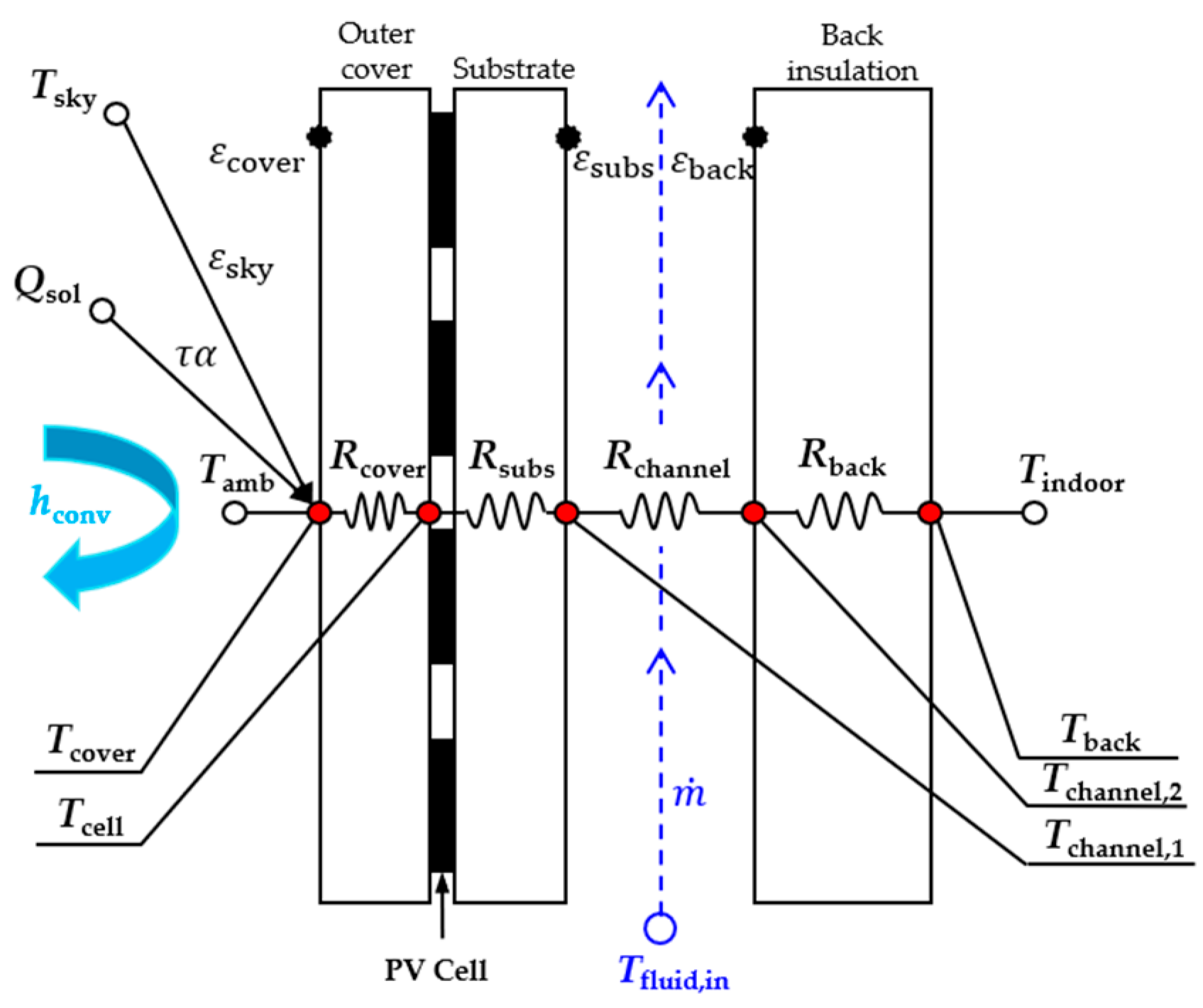
Models are constructed in such a way that users can modify existing components or write their own, extending the capabilities of the environment.Īfter 35 years of commercial availability, TRNSYS continues to be a flexible, component-based software package that accommodates the ever-changing needs of researchers and practitioners in the energy simulation community.Įnhancement: Revisions to the 02-SimulationStudio manual. The standard library includes approximately 150 models ranging from pumps to multi-zone buildings, wind turbines to electrolyzers, weather data processors to economics routines, and basic HVAC equipment to cutting edge emerging technologies. The second part of TRNSYS is an extensive library of components, each of which models the performance of one part of the system. The kernel also provides utilities that, among other things, determine thermophysical properties, invert matrices, perform linear regressions and interpolate external data files. The first is an engine (called the kernel) that reads and processes the input file, iteratively solves the system, determines convergence and plots system variables. You can download the 'Getting Starded' Guide as a PDF document (this file is included when you download the Setup file).TRNSYS is made up of two parts. Other simulation components are Controls, Power Conversion Devices and Utility Components (Weather Data, Solar Radiation Processor, Load, Dump, etc.). Auxiliary energy is provided by backup diesel generators (or DEGS, Diesel Engine Generator Sets). That energy storage allows decoupling the load from the electricity generation to some extent in this stand-alone system. Energy storage is realized using Hydrogen, which is produced by an electrolyzer and converted back to electricity by an Alkaline Fuel Cell (AFC).


Download Content File (click to download) Size Solar Combisystems Demo 9.8 MB Renewable Energy Stand-Alone Power System with Hydrogen Storage (H2Demo) In this system, the Renewable Electricity is produced by a Photovoltaic (PV) Array and a Wind Turbine (or WECS, Wind Energy Conversion System). In all browsers, clearing the cache is a last option when you suspect that the browser is refusing to display an updated graph.


 0 kommentar(er)
0 kommentar(er)
